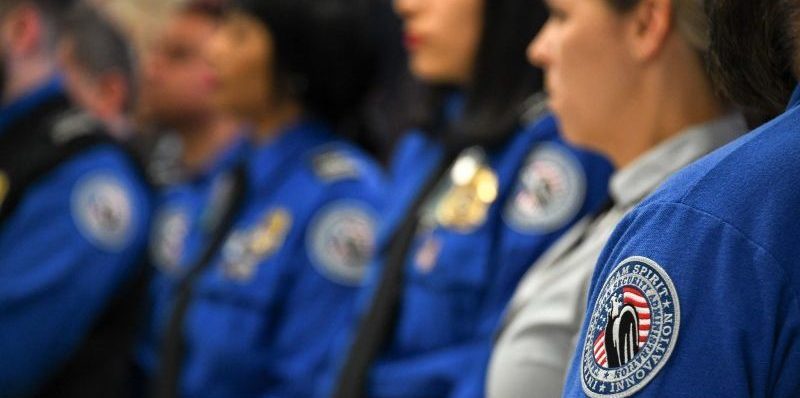The Transportation Security Administration (TSA) last week released the latest iteration of its cloud computing strategy, which highlights building a “culture of innovation” as one of the key principles for transforming the agency’s IT operations and protecting the nation’s transportation system.
Under its Cloud Strategy 2.0, TSA will focus on creating an environment in which employees can innovate using IT capabilities to better support mission objectives. This effort will involve collaboration across three groups: TSA’s Digital Services Team (DST), its Cloud Team and stakeholders across executive, financial, legal and procurement fields.
The TSA Digital Services Team (DST), created in April 2018, heads the Cloud Strategy’s implementation by establishing new end-to-end service delivery models that can quickly support TSA’s mission. For example, the first DST project will focus on delivering critical applications using the Salesforce platform. The team will follow practices that mirror those used by the U.S. Digital Services team, including user-centered design, iterative development and customer engagement models.
The Cloud Team will act as the agency’s “cloud center of excellence,” which means it will be a permanent guiding body for all cloud operations, such as process development, direction and continued communication around the cloud strategy. This includes providing project management, risk and security recommendations and technology training.
Lastly, other stakeholders in the executive, financial, legal and procurement fields will be folded into the cloud transformation process. The inclusion of non-IT groups is meant to ensure that these cloud initiatives do not overpromise and underdeliver their services.
The workforce’s capability to carry out the Cloud Strategy is a vital consideration in TSA’s plans. It aligns with the federal Cloud Smart strategy that accounts for the practical difficulties of being solely Cloud First. TSA, the agency said in its report, aims to be Cloud First for new IT services and Cloud Smart for existing ones.
“It is imperative that TSA infuse its workforce with key skills to move the TSA Cloud Strategy forward,” the report says. “The impact these migrations will have on the TSA workforce need to be examined along with the identification of potential skill gaps.”
For Cloud Smart staff, the agency aims to retain and reskill current employees, remove bureaucratic barriers to hire new talent, recruit and hire workers who address skill gaps, and enhance employee communication.
Photo Credit: Homeland Security Department Flickr




Very interesting! Its clear that the key to success for undertakings like this is enabling employees and workforce culture to lead.
Can I share this article in our local newsletter?
Of course, Kevin! If the original link to GovLoop can be included, that would be appreciated. Thanks for sharing.